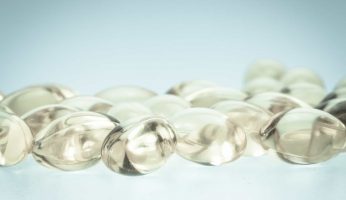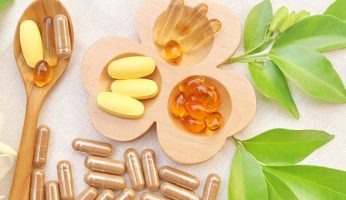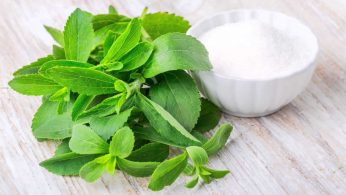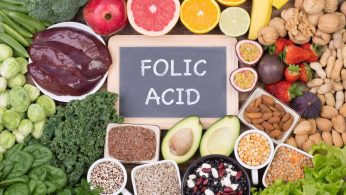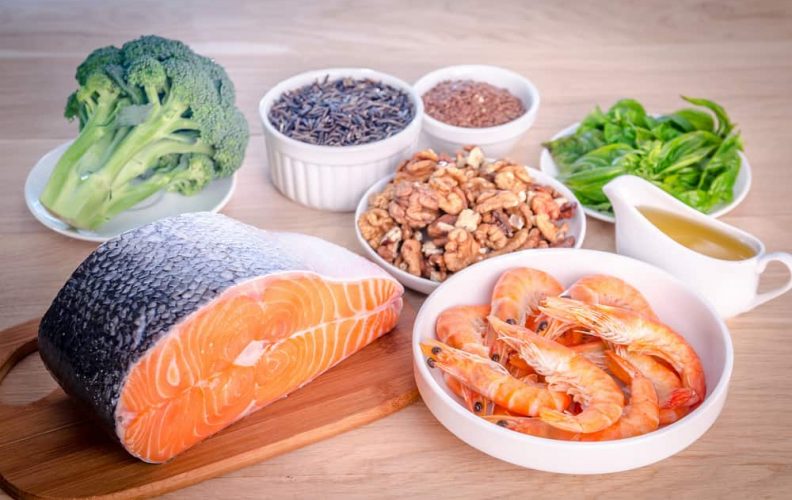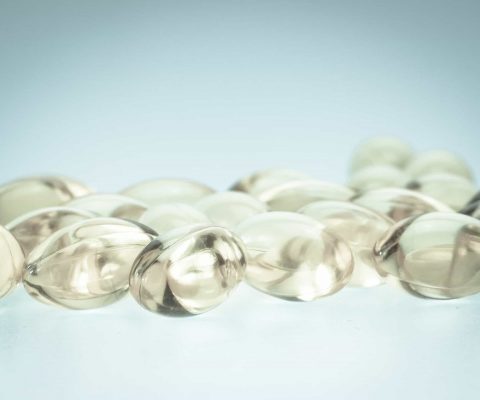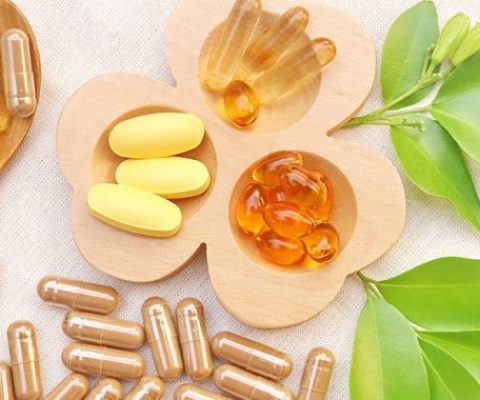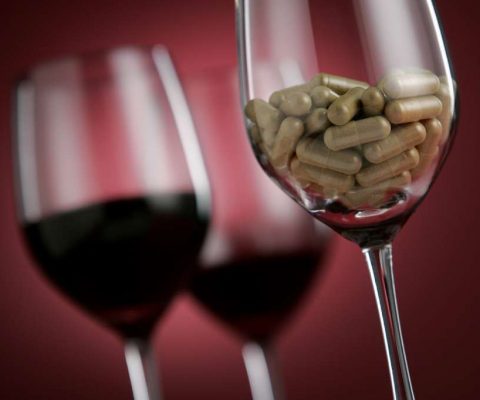Red Yeast Rice Side Effects: What You Should Know
Disclosure: We use affiliate links and may receive a small commission on purchases.
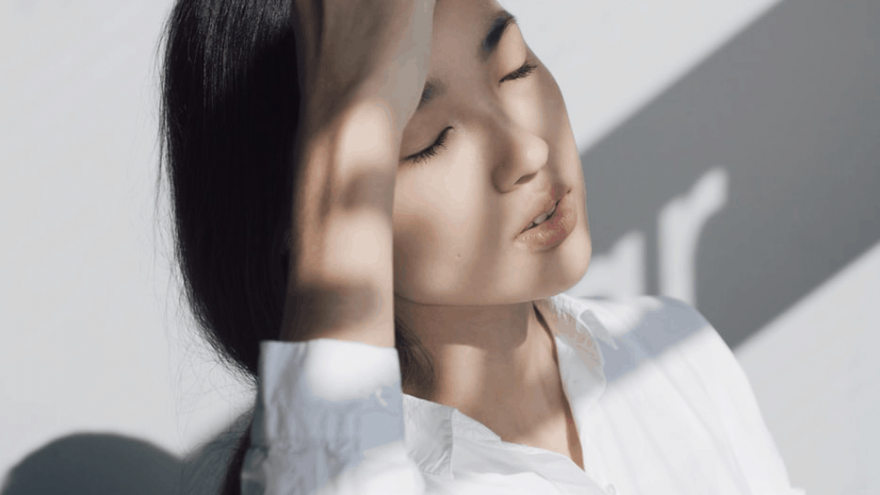 Red Yeast Rice Side Effects: What You Should Know
thefitbay.com
Red Yeast Rice Side Effects: What You Should Know
thefitbay.com
You might have heard of the Chinese remedy red yeast rice, or red rice yeast. Fans say it can lower cholesterol, support heart health, reduce blood sugar levels, and even decrease the risk of cancer.
Before you celebrate with your red yeast rice supplement, though, learn a little more about red yeast rice side effects. These symptoms can take a major toll, even on the very problems that they should be fixing.
Red yeast side effects include:
- Muscle aches and weakness.
- Liver inflammation.
- Bloating, gas, stomach ache, and heartburn.
- Kidney failure.
- Confusion and memory loss.
- Tiredness, headaches, and dizziness.
Red Yeast Rice vs. Statins
What are the side effects of red yeast rice? Some studies show that red yeast rice itself, with its main ingredients monascus purpureus yeast and red rice, doesn’t cause any major symptoms. Don’t let this claim fool you. While they may be rare, red yeast rice products can mimic the effects of popular prescription drug statins.
Both red yeast rice and statins can lower cholesterol, according to research. Red yeast rice, like statin drugs, contains a substance called monacolin K. (1) This substance, in particular, may lead to some fairly major side effects.
Muscle Aches/Weakness
Much like statins, when taking red yeast rice supplements, you can play hide-and-seek with a body chemical called CoQ10 (2). Even if you’re hopeless at remembering this math-like collection of letters, just keep in mind that for muscle health, this chemical is super-important.
Red yeast rice has the potential to lower amounts of CoQ10 in the body — take a little away, and you can quickly find yourself hit with a lot of issues. Tired, achy muscles and just plain old pain are not uncommon for red yeast rice with CoQ10 side effects.
With sore muscles, you can’t count on showing off your mad dancing skills any time soon. You might even find a trip to the fridge to be a marathon event.
In the worst-case scenario, you could develop a severe disease known as rhabdomyolysis. (3) This condition causes the breaking up of muscle proteins.
Liver Injury
A rare red yeast rice side effect signaling danger happens in the liver. We might not consider it the most glamorous organ in the world, but the liver is our dependable filter and protector. It needs our protection in return.
How does red yeast rice factor into this protection? The statin-like substances ingested when taking red yeast rice lower certain enzyme levels in our bodies. These enzymes make cholesterol in the liver. When levels rise or drop off, they can puff up and inflame the liver, causing injury. (4)
Digestive Issues
Red yeast rice can lower cholesterol of all types, including the good kinds that help you with digestion. Anyone who’s spent an uncomfortable, belt-busting time span after a meal knows the woes of indigestion.
Bloating, gas, heartburn, and an upset stomach can come calling your name. We won’t dwell on the bathroom-related problems. All these unmentionables could become side effects of red yeast rice.
Kidney Crisis
This effect only applies when taking red yeast rice featuring a specific substance dubbed citrinin. (5) While the contaminant is not a common active ingredient for red yeast rice, you should know the risk it poses. About four in 11 supplements contain this dangerous byproduct of unsafe manufacturing. You can purchase red yeast rice products without the addition.
Namely, this substance can kick start kidney failure. If the kidneys shut down their function, it could lead to a condition called uremia, and ultimately death. Citrinin has also been linked to possible genetic cell damage.
Other Side Effects of Red Yeast Rice
Even though they don’t get as much attention, you should keep vigilant about other potential effects.
For one, some consumers report experiencing confusion, memory loss, and other cognitive issues. (6)
Blood sugar levels can suffer from boosted red yeast rice intake too. These levels can shoot up, increasing your risk of type 2 diabetes.
As diabetics can attest, blood sugar swings can cause a host of uncomfortable but non-life-threatening symptoms. Don’t be surprised if your side effects include tiredness, headaches, and dizziness.
Also, if you’re finding the liquid in your toilet darker than usual, taking red yeast rice could be the culprit. Count strongly colored urine among the potential side effects.
One last consideration: If you’re prone to allergies, consider the risks of having a possible allergic reaction to red yeast rice. Allergies typically reveal themselves with symptoms like breathing issues or skin breakouts. Some allergies can threaten your life, depending on the severity.

Dosage
Red yeast rice, in its most basic form, consists of the yeast monascus purpureus and red rice. Commercially, it comes in different forms, like capsules and red yeast rice powder. In most cases, red yeast rice products contain the ingredients coenzyme Q10 (CoQ10), nattokinase, and omega-3 fatty acids.
CoQ10 is an antioxidant used for health conditions such as heart failure, angina, and heart disease. You can include lowering high blood pressure and migraine headache prevention as potential benefits as well. Nattokinase is an enzyme taken from the Japanese dish called natto. This specific active ingredient is a natural remedy used for chest pain, high cholesterol, poor circulation, heart disease, and other health issues. (7)
A standard dosage of red yeast rice considered safe for use typically runs at least 600 milligrams. Depending on the person, dosages can vary. Some experts recommend taking red yeast rice products orally at a dosage of approximately 1,200 to 2,400 milligrams. People who take the supplement might use it twice to about four times a day.
However, this information is no substitute for a doctor or pharmacist. Please speak with your practitioner first before taking any new supplements.
Precautions
Unfortunately, red yeast rice appears to be a no-go for some people. The supplement doesn’t play nice with quite a few prescription drugs, for example. These drugs include blood thinners, immunosuppressive drugs, liver treatment drugs, HIV drugs, fungal treatments, niacin, St. John’s Wort, and select antidepressants and antibiotics. Keep away from cholesterol-lowering statins too, as the combo will cause you double the trouble. (8)
Combining your supplement with alcohol is similarly not the greatest idea, since both substances can wreak havoc on your liver.
If you’re having a baby, also consider red yeast rice products off-limits. Some animal studies show birth defects can occur. Much more research on humans needs completion before it’s considered a safe bet for your little one. Therefore, breastfeeding mothers fall under this exclusion as well.
And even though it may sound strange, you won’t be able to satisfy those grapefruit juice cravings either. This drink can intensify the effect of supplements in your bloodstream.
Regulation Time
You’ll want to study up on your side effects research. Associated supplements don’t face as much regulation from the Federal Drug Administration (FDA) as prescription medicines. Products that contain high amounts of prescription drug-like add-ins such as monacolin K do undergo some monitoring. Manufacturers discontinued the red yeast rice used in most previous clinical trials because the rice contained too much of this substance. (8)
The FDA considers some red yeast rice extracts to be dangerous because companies market them as supplements even though they contain high amounts of the potentially dangerous compound.
Despite the concerns, red yeast rice supplements remain thriving on the market. Many became available before passage of a U.S. law regulating supplement products. Products with lower levels of monacolin K and no trace of citrinin will have a lower risk of side effects.
What Does Science Say?
Much of what we know about red yeast rice comes from studies that used dosages between 200 and 4,800 milligrams. Research has taken place at respected institutes like BMC Complementary and Alternative Medicine and has been published in scientific and medical journals, including the American Journal of Clinical Nutrition. The FDA used clinical trials as guidance for banning certain types of red yeast rice from the market.
What can research tell us about the side effects?
A Potentially Life-Saving Effect
Published studies revealed that red yeast rice products did their intended duty of lowering cholesterol levels. Research conducted by the two aforementioned groups claimed reduced cholesterol levels in consumers of around 22 percent.
The National Center for Complementary and Integrative Health studies even found that consumers may be more receptive to positive effects than consumers of statin drugs. (9)
Keep in mind, though, that a bulk of the studies took place on red yeast rice products that are no longer on the market. Red yeast rice supplements may contain trace levels of the ingredients that affect cholesterol. On the flip side, less of these substances also likely means fewer side effects.

Wild West of Science
Unlike close cousin statin drugs, red yeast rice supplements face no standardization practices and little regulation. Doctors closely monitor the side effects of statin prescriptions for issues like potential liver or kidney damage. Dosages also receive intense scrutiny for prescriptions.
Since higher dosages can cause more side effects, knowing the amount of ingredients that can cause side effects is vital. Often, you have no real way of knowing how much of this side effect-inducing substance you’re getting.
One independent study conducted on 12 different red yeast rice capsules discovered dosages ranging from 0.1 milligrams to 10.09 milligrams of monacolin K (10) The same study also found that over 30 percent of the capsules contained kidney-endangering citrinin.
Case Study Insights
Case reports published in the journal Pharmacy and Therapeutics laid out many of the side effects discussed in this article. (11) You can find notable cases of muscle fiber dysfunction and muscle tissue breakdowns in the report. The latter showed a link to kidney problems.
Above all, this comprehensive report stresses the no-guarantees, risky nature of some red yeast rice products.
National Authority Weighs In
The National Institute of Health (NIH) is without question a big deal in the medical world. The U.S. healthcare organization has offered some insight on red yeast rice that should carry weight with consumers.
The NIH says that red yeast rice products ingested by the mouth could be safe for you. Long-term use over four years, however, is not recommended.
The All-Important Disclaimer
You might read up on red yeast rice and feel compelled to give it a go. You don’t fall into the high-risk category. You’ll stick to the recommended dosages. And if all goes well, you might even take care of that lingering health issue.
Keep two words in mind: be careful. Any information you gain, including information in this article, comes from ongoing and evolving understanding. More research, and more regulations, may become a factor one day.
In the interim, only make purchases from trusted sources. Many companies don’t exactly take a truthful approach in their labeling, so trust is paramount.
Finally, we cannot stress this advice enough. We absolutely recommend keeping in touch with your doctor about any supplements or other health changes you might be considering. While a physician’s handwriting may give you headaches, there is no substitute for good, old-fashioned professional advice. It may be just what the doctor ordered.

Summary
So, side effects of red yeast rice can affect many parts of your body. You might experience typical side effect symptoms such as headaches, cramps, or fatigue. If your supplement contains a lot of monacolin K or citrinin, though, some major internal organs could take a hit.
The amount of monacolin K may determine your side effect fate. The science and the regulation standards, until they receive an upgrade, remain ever-changing.


